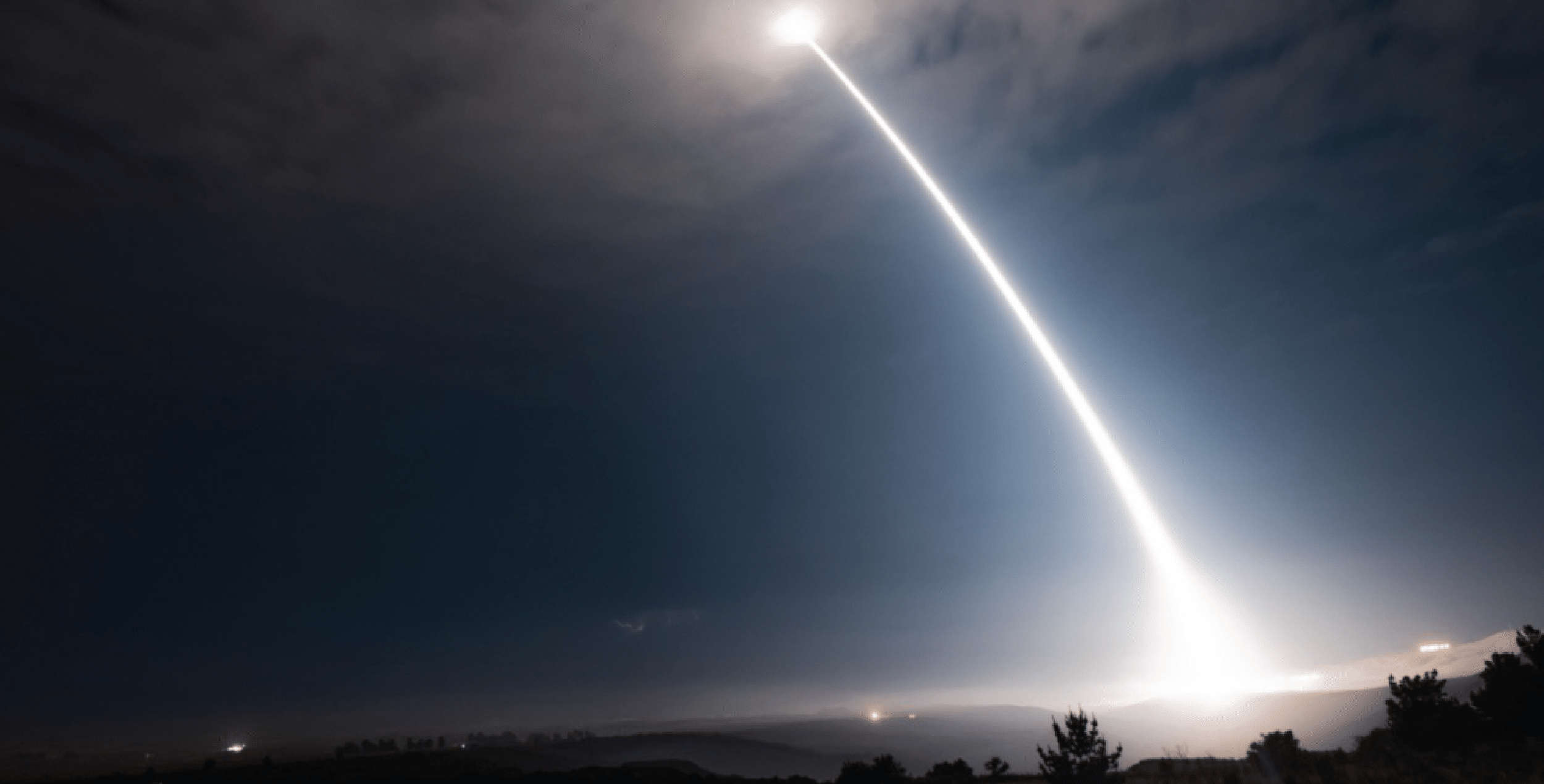Assessing the Genuine Threat of Nuclear Conflict in Today’s Geopolitical Landscape

In a recent standoff between India and Pakistan, tensions escalated without any direct ultimatums or threats of nuclear action. The situation, while contained by a US-brokered ceasefire, highlighted the fragile stability in the region and the ever-present risk of military conflict. Both nations, each possessing around 170 nuclear weapons, have a history of retaliatory actions that could quickly spiral out of control, raising concerns about the potential for a nuclear exchange.
Recent Tensions and Military Responses
The latest crisis between India and Pakistan unfolded with a series of military actions and strategic communications. Pakistan’s military response included a meeting of its National Command Authority (NCA), which oversees the country’s nuclear arsenal. This move served as a reminder of Pakistan’s nuclear capabilities amid rising tensions. The situation was further complicated by US Secretary of State Marco Rubio’s intervention, which aimed to de-escalate the conflict. In a national address, Indian Prime Minister Narendra Modi emphasized India’s stance against nuclear blackmail, asserting that the country would not be intimidated by threats and would respond decisively to any terrorist activities.
The backdrop of this standoff is a complex history of military engagements and nuclear posturing. Both nations have developed significant nuclear arsenals since conducting tests in 1998. The Stockholm International Peace Research Institute estimates that India and Pakistan each maintain about 170 nuclear warheads, contributing to a global total of over 12,000 nuclear weapons. The potential for miscalculation or accidental escalation remains a critical concern, especially given the volatile nature of military exchanges in the region.
Nuclear Capabilities and Strategic Postures
India and Pakistan’s nuclear capabilities are characterized by their land-based missile systems, with both countries working towards developing a nuclear triad that includes air and sea delivery methods. Experts note that India likely possesses a more advanced air delivery system compared to Pakistan. Christopher Clary, a security affairs expert, points out that while India has invested significantly in its naval capabilities, Pakistan has not matched this level of investment, resulting in a qualitative edge for India in naval nuclear capability.
Despite the absence of a formal nuclear doctrine from Pakistan, analysts suggest that the country has established operational thresholds through various statements and military developments. Historical references indicate that Pakistan’s nuclear strategy is primarily aimed at deterring India, with former officials outlining specific scenarios that could trigger a nuclear response. In contrast, India has adopted a no-first-use policy, although this stance has shown signs of flexibility over time, particularly in response to chemical or biological threats.
Historical Context and Risk of Escalation
The history of India-Pakistan relations is marked by several crises that have raised fears of nuclear escalation. Notably, during the 2019 standoff, concerns about Pakistan’s potential use of nuclear weapons were heightened, prompting discussions among international leaders. Analysts have pointed out that while both nations engage in strategic signaling, the actual likelihood of nuclear conflict remains low, primarily due to the understanding that neither side wishes to be seen as the first to use nuclear weapons.
However, the risk of accidental escalation persists. Incidents such as India’s accidental firing of a nuclear-capable missile into Pakistani territory in 2022 underscore the potential for miscommunication or error to lead to a serious conflict. Experts warn that even minor military engagements could trigger a dangerous cycle of retaliation, especially if ground combat occurs along the border.
Future Implications and Ongoing Developments
As both India and Pakistan continue to enhance their nuclear arsenals, the implications for regional stability remain significant. Analysts predict that Pakistan’s nuclear stockpile could grow to around 200 warheads by the late 2020s, while India is estimated to have enough weapons-grade plutonium for approximately 130 to 210 nuclear warheads. Despite the ongoing arms buildup, both nations have managed to avoid catastrophic conflict thus far, largely due to the deterrent effect of their nuclear capabilities.
The presence of nuclear weapons in South Asia injects a persistent risk into the geopolitical landscape. Experts emphasize that while the current risk of nuclear conflict may be manageable, the potential for escalation remains a constant threat. As both governments navigate these complex dynamics, the stakes are high, and the need for effective communication and crisis management is more crucial than ever.
Observer Voice is the one stop site for National, International news, Sports, Editor’s Choice, Art/culture contents, Quotes and much more. We also cover historical contents. Historical contents includes World History, Indian History, and what happened today. The website also covers Entertainment across the India and World.
Follow Us on Twitter, Instagram, Facebook, & LinkedIn

